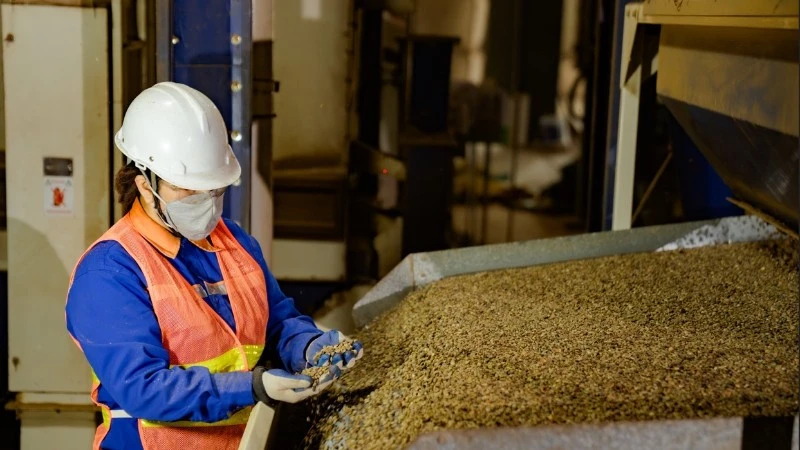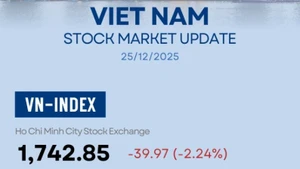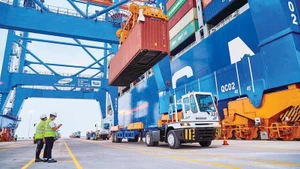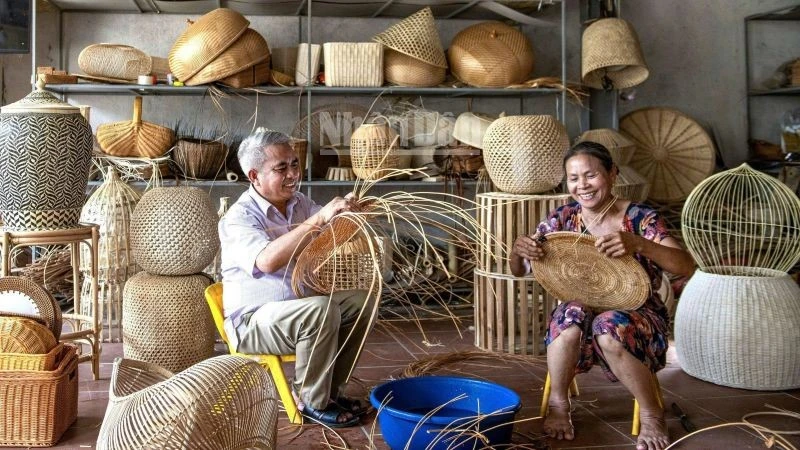In the first half of 2025, Japan imported 190,700 ronnes of coffee worth nearly 1.26 billion USD. Viet Nam supplied 52,900 tonnes worth 305.3 million USD, down 19.0% in volume but up 35.6% in value year on year.
Despite fluctuations in the global coffee market, Japan remains one of the largest and most stable coffee-consuming countries in Asia. Although consumption volume is stable, major brands are shifting strategies to meet changing consumer preferences.
According to the Agency of Foreign Trade under the Ministry of Industry and Trade, Japan’s total coffee industry revenue in 2024 was about 5.43 billion USD and is projected to reach 5.66 billion USD by 2033, with an annual growth rate of 0.47% for 2025–2033. Within this, the instant coffee segment plays a crucial role, with estimated revenue of 3.87 billion USD in 2025, forecast to rise to 4.56 billion USD by 2030, an annual growth rate of 3.32%.
To expand coffee exports to Japan, Vietnamese enterprises need to focus on improving quality, particularly by controlling pesticide residues in line with Japanese standards. Products must have clear traceability, with priority given to specialty and organic coffee, and those with prestigious certifications such as JAS and HACCP. Businesses are advised to proactively connect with import partners, participate in trade fairs, and make full use of tariff preferences under free trade agreements such as the Viet Nam–Japan Economic Partnership Agreement (VJEPA) and the Comprehensive and Progressive Agreement for Trans-Pacific Partnership (CPTPP).
















